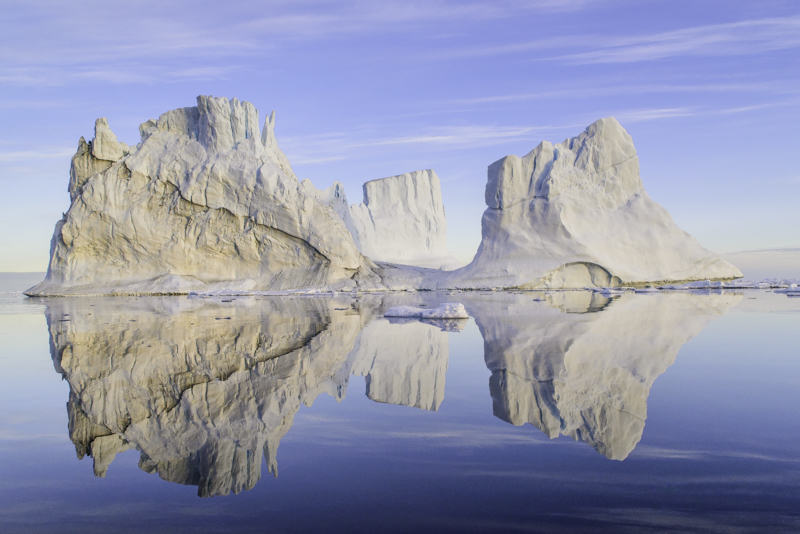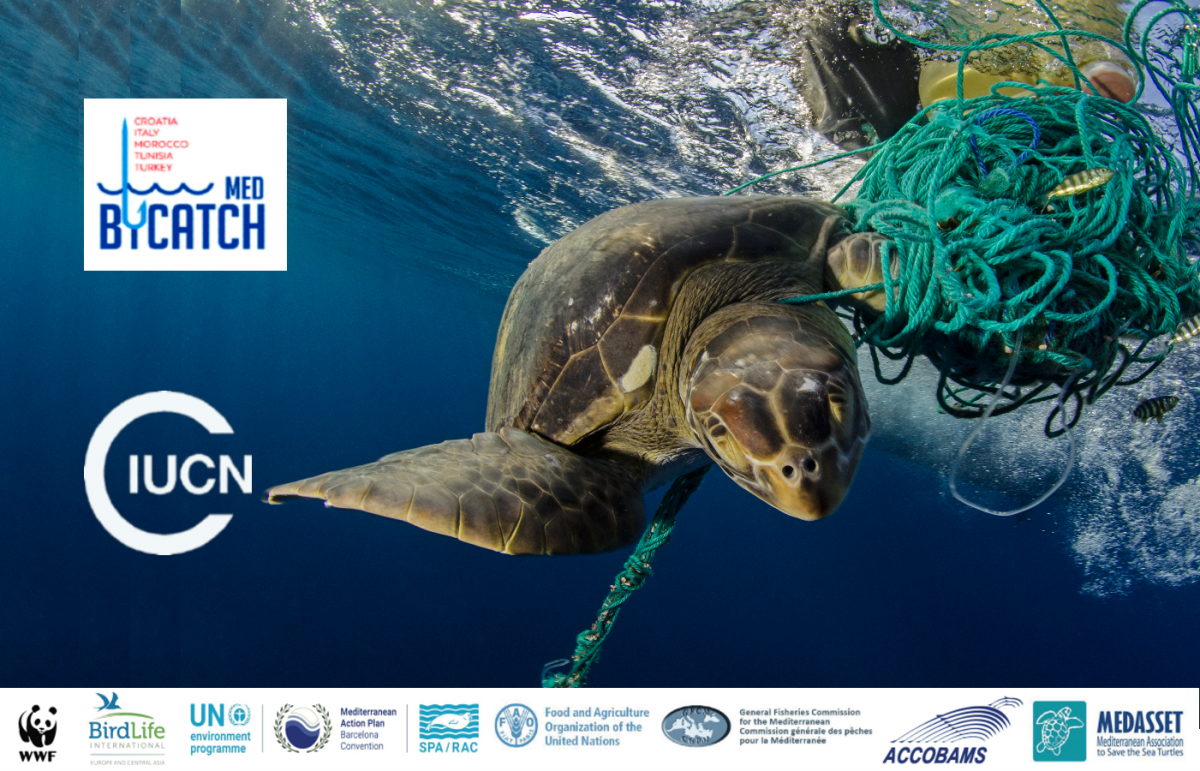Report launched on the urgent need to protect parts of the Arctic including four in EU Overseas
New report on recomended Arctic Marine World Heritage sites includes four off the coast of Greenland

Photo: Florian Ledoux
The Arctic Ocean urgently needs protection as melting sea ice is opening up previously inaccessible areas to activities such as shipping, bottom trawl fishing and oil exploration, according to a scientific report launched recently by IUCN (International Union for Conservation of Nature), in partnership with the US-based Natural Resources Defense Council (NRDC) and UNESCO’s World Heritage Centre.
The report identifies seven globally significant marine sites in the Arctic Ocean that warrant protection and could potentially qualify for World Heritage status.
Four of these sites are found around Greenland:
-
The Disko Bay and Store Hellefiskebanke Ecoregion
-
The Scoresby Sound Polynya Ecoregion
-
The Northern Baffin Bay Ecoregion
- And the Remnant Multi-Year Sea Ice and Northeast Water Polynya Ecoregion.
As one of the most pristine oceans on Earth, these icy waters are home to wildlife found nowhere else on the planet. Disko Bay and Store Hellefiskebanke in Western Greenland, linked to an existing World Heritage site, supports a critical wintering habitat for walruses and hundreds of thousands of king rider ducks. Scoresby Sound and Polynya* includes the largest fjord system in the world and is very important for several red-listed species like Critically Endangered Spitsbergen stock of bowhead whale. The Northern Baffin Bay Ecoregion contains one of the most productive marine environments in the Arctic Ocean and supports the largest aggregation of an entire species- the little auk. It is also critically important to the global population of narwhal, beluga and eastern Greenland bowhead whales. Lastly, Remnant Multi-Year Sea Ice and Northeast Water Polynya Ecoregion lying partially along the north coast of Greenland, contains the oldest and thickest ice on earth. This unique habitat is likely to be where ice-associated species persist longest while climate change alters the world around them.
Sadly, the Arctic region is warming twice as fast as the rest of the planet. Rapidly melting sea ice is opening up previously inaccessible areas to potential new shipping routes, oil and gas development, mining and industrial fishing. Greenland is starting to take advantage of these inevitable changes to boost their economy, however, this also increases the urgency of improving our understanding of the Arctic’s globally unique marine ecosystems and its effective conservation.
The sites identified in the report could potentially qualify for World Heritage status which could open another path to sustainable development for Greenland.
“This new report highlights seven possible treasures in the Arctic Ocean that need conservation efforts to keep pace with climate change.” Mechtild Rössler, Director of UNESCO’s World Heritage Centre
Launched in Monaco Spring 2017, “Natural Marine World Heritage in the Arctic Ocean: Report of an expert workshop and review process” was produced with support from the Prince Albert II of Monaco Foundation and WWF-Canada.
*Polynyas are areas of persistent open water surrounded by sea ice



